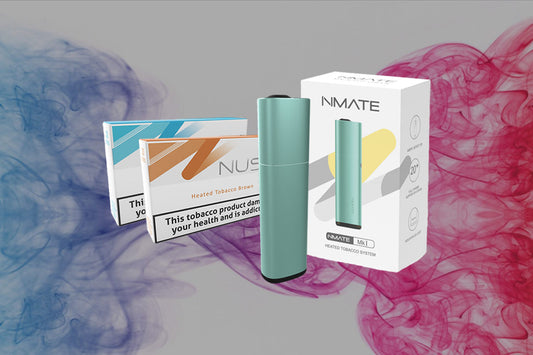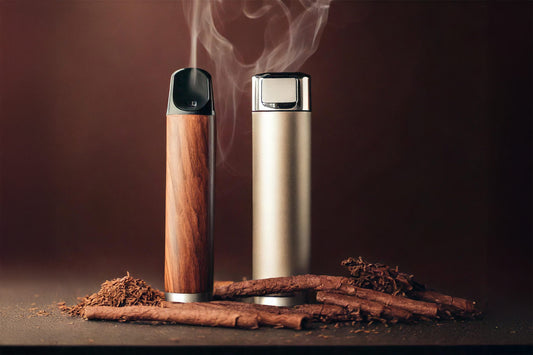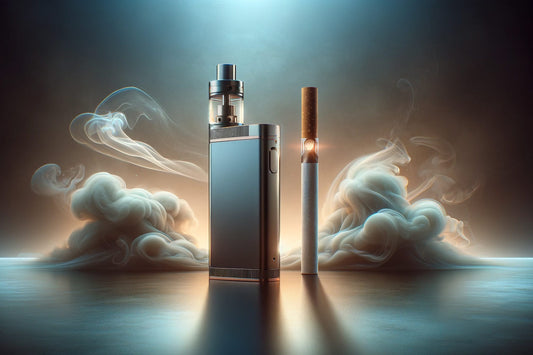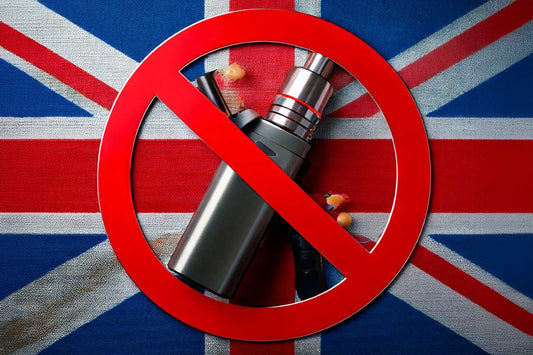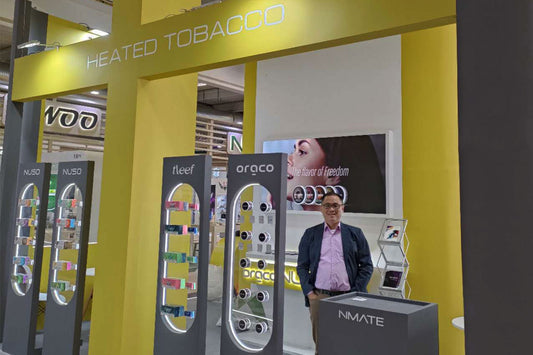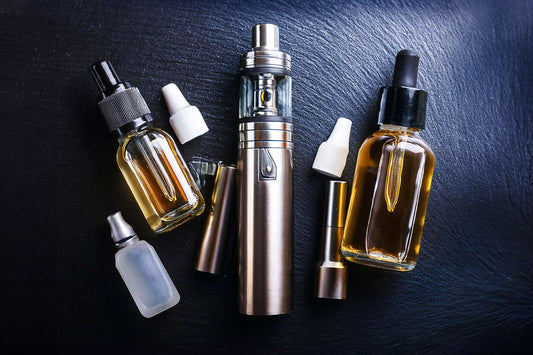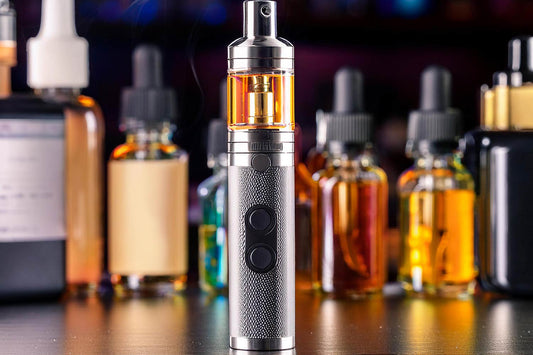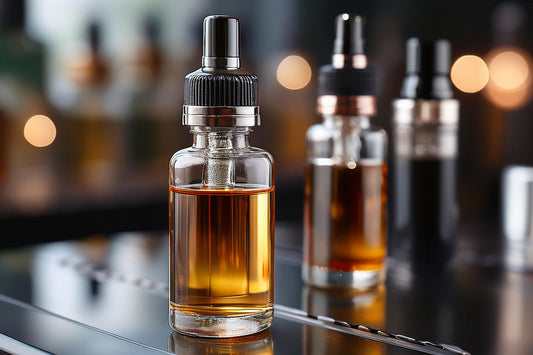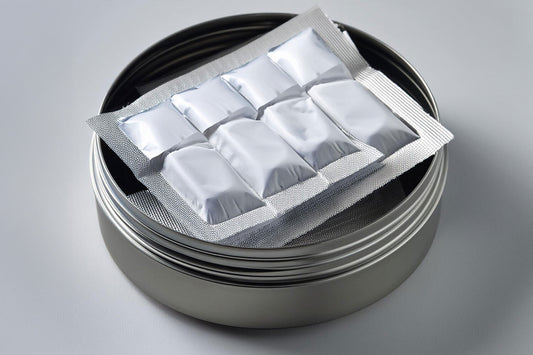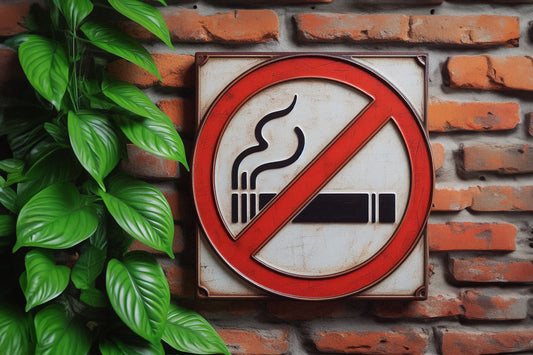What is Heated Tobacco? A Comprehensive Guide
In recent years, the landscape of nicotine consumption has seen significant changes. Among the innovations making waves is heated tobacco. While traditional cigarettes and e-cigarettes have been around for decades, heated tobacco products are relatively new, and they offer an alternative for those seeking different ways to consume nicotine. But what exactly is heated tobacco, and how does it differ from other smoking methods? Let’s dive into the details.
Understanding Heated Tobacco
Heated tobacco, also known as heat-not-burn (HNB) tobacco, refers to a type of product that heats tobacco leaves to a temperature high enough to release nicotine-containing vapor but not high enough to cause combustion. The idea is to deliver a nicotine hit without the harmful by-products produced by burning tobacco, such as tar and carbon monoxide.
How Does Heated Tobacco Work?
Heated tobacco devices typically consist of three main components:
- Tobacco Sticks: These are specially designed sticks of compressed tobacco, often resembling small cigarettes or mini cigars.
- Heating Device: The heating device, which can be battery-operated, heats the tobacco sticks to a precise temperature.
- Control Unit: This is the component that manages the heating process, ensuring the tobacco is heated but not burned.
When the device is activated, it heats the tobacco to around 350°C (662°F). In comparison, traditional cigarettes burn at temperatures exceeding 600°C (1112°F). The lower temperature prevents combustion, reducing the release of harmful chemicals.
Key Benefits of Heated Tobacco
- Reduced Harmful Chemicals: Since the tobacco is not burned, the level of harmful chemicals released is significantly lower compared to traditional cigarettes. This makes heated tobacco potentially less harmful, although it is not entirely risk-free.
- No Ash or Smoke: Heated tobacco produces vapor instead of smoke, eliminating ash and significantly reducing secondhand smoke.
- Consistency: The controlled heating process ensures a consistent delivery of nicotine, providing a uniform experience for users.
- Less Odor: The vapor produced by heated tobacco has a less pungent odor compared to cigarette smoke, which can be more discreet and socially acceptable in some settings.
Popular Heated Tobacco Brands
Several major brands have entered the heated tobacco market, each offering their unique take on the technology:
- IQOS by Philip Morris International: IQOS is one of the most well-known heated tobacco products. It uses specially designed tobacco sticks called HEETS or HeatSticks.
- NUSO by Broadfar Global: NUSO heated tobacco sticks are designed to be used with NMATE devices. NUSO products produce no ash and the aerosol from NUSO products contains roughly 90% less harmful substances than the smoke from cigarettes.
- Glo by British American Tobacco: Glo heats tobacco sticks known as Neo, offering various flavours and options.
- Ploom by Japan Tobacco International: Ploom devices use tobacco capsules to deliver a heated tobacco experience.
Health Implications
While heated tobacco products are marketed as a less harmful alternative to smoking, it is essential to understand that "less harmful" does not mean safe. Research indicates that while these products reduce exposure to harmful chemicals, they still contain nicotine, which is addictive. Long-term health effects are still being studied, and caution is advised.
Regulatory Landscape
The regulation of heated tobacco varies globally. Some countries have embraced these products as part of their harm reduction strategies, while others remain cautious, imposing strict regulations or outright bans. For instance, the U.S. Food and Drug Administration (FDA) has authorized the marketing of some heated tobacco products as modified risk tobacco products (MRTPs), recognizing their potential to reduce exposure to harmful chemicals compared to traditional smoking.

